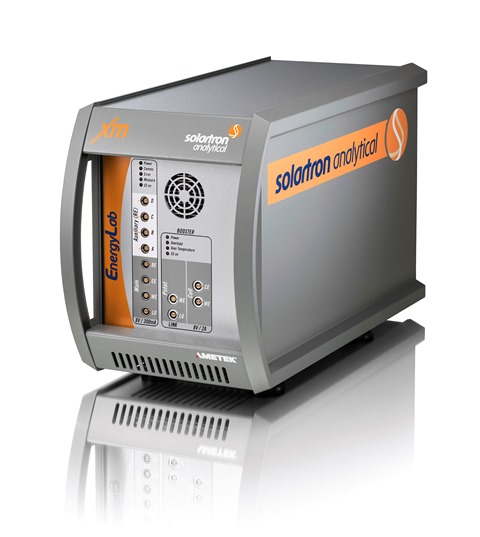It may be hard to imagine, but at one time, instruments like oscilloscopes and voltmeters were unique, built as individual devices to help prove basic electrical concepts. Today, these instruments are so commonplace that we hardly give them a second thought when it comes to what we expect to find in an engineering lab.
But the problems engineers face today require unique solutions and, as a result, we are seeing more instruments coming to market that are unlike any that we’ve seen before. Here are a few recent examples:
Spacecraft testers
SAKOR Technologies (www.sakor.com) recently supplied a test system to Southwest Research Institute (SwRI) to test the atmospheric flight control system for the Dream Chaser spacecraft. Owned and operated by Sierra Nevada Corporation (SNC), Dream Chaser is designed as a space utility vehicle for low Earth orbit; it is a reusable, crewed or uncrewed horizontal-landing vehicle. SwRI was contracted by SNC to design and build the craft’s atmospheric flight control system, and SwRI selected SAKOR to build a sophisticated system to exercise Dream Chaser’s new control system and simulate flight from atmospheric interface to landing.

Sakor’s Dream Chaser test system.
The test system characterizes the overall design performance, as well as dynamic response to physical forces typically experienced in standard and extreme flight conditions. SAKOR’s DynoLAB data acquisition and control system controls the entire test stand, acting as a spacecraft emulator. Sending test profiles to the atmospheric flight controller as well as simulating force feedback from each control surface, DynoLAB communicates directly with the atmospheric flight control system via MIL-STD-1553B bus, which is a built-in capability of the DynoLAB system.
Measuring electrochemical impedance
The EnergyLab XM is the first of four new products that Solartron Analytical (www.solartronanalytical.com) has developed for its Apps-XM application-specific product line. It consists of a potentiostat, a galvanostat, and a frequency response analyzer (FRA) and is designed to offer tailored testing solutions for a variety of energy storage devices, including batteries, supercapacitors, and fuel cells. The new Apps-XM Series offers specific application-focused products that allow customers to purchase only what they need for their targeted research.

Solatron Analytical’s EnergyLab XM.
EnergyLab XM’s extreme sensitivity allows complete characterization of prototype low-current or low-impedance new generation cells. If high current is needed, external boosters can be connected and automatically controlled, allowing fully integrated high-current tests at up to 100 A.The compact EnergyLab XM includes a reference-grade potentiostat, frequency response analyzer (FRA), and a 2-A booster. The unit may be operated in boosted or unboosted mode (with automatic switching), providing optimum test conditions and accuracy for a wide range of devices.
Refined power testing
Keysight (www.keysight.com) says its CX3300 Series Device Current Waveform Analyzer is a new category of instrument aimed at researchers struggling with high-speed transient current measurements during advanced device characterization, as well as for engineers working to reduce power/current consumption in low-power devices. It's the first analyzer to enable a minimum of 100-pA level dynamic current measurements with a 200-MHz bandwidth.

Keysight’s CX3300 Series Device Current Waveform Analyzer.
Characterizing advanced devices and evaluating low-power devices are challenging tasks, ones that require measurement at high-speed (over 1 MHz) and low-level dynamic current (below 1 μA). However, many issues plague the existing methodology for this measurement: high noise, large voltage drop, and limited dynamic range and bandwidth. As a result, low-level dynamic current often goes undetected and unmeasured, leading to inferior power performance.
The CX3300 analyzer overcomes these limitations by enabling simultaneous measurement of wideband and low-level current waveforms. By providing a 14-bit or 16-bit-wide dynamic measurement range, a single instrument can meet a wide range of measurement requirements without using multiple instruments. A graphical user interface, a WXGA 14.1-in. multi-touch display, and advanced measurement and analysis software make previously difficult low-level current waveform measurements and analyses much easier, as well as efficient.
Advertisement
Learn more about Electronic Products Magazine





